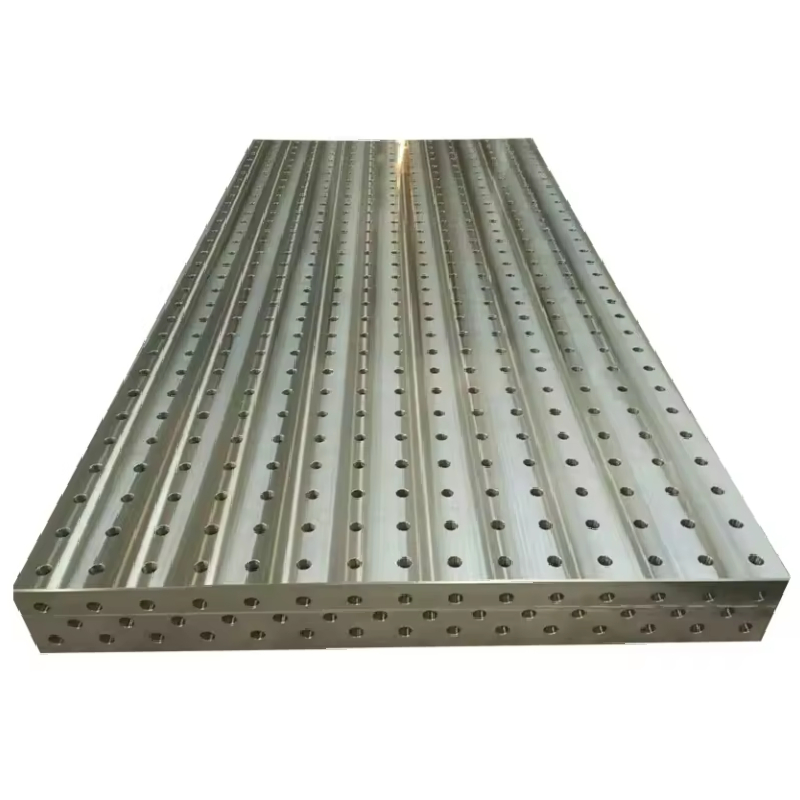Dec . 15, 2024 04:07 Back to list
Understanding Various Types of Control Valves and Their Uses in Different Industries
Different Types of Control Valves and Their Applications
Control valves are vital components in various industrial processes, responsible for regulating flow rate, pressure, and temperature. These valves play a critical role in maintaining optimal conditions for operations in sectors such as oil and gas, water treatment, and manufacturing. Understanding the different types of control valves and their applications is essential for engineers and operators to ensure the efficiency and safety of their systems.
One of the most common types of control valves is the globe valve. This valve is designed with a spherical body and is known for its good throttling capabilities. Globe valves are often used in applications requiring precise flow regulation, such as in chemical processing and HVAC systems. Their ability to maintain a stable flow despite changes in pressure makes them ideal for fine-tuning operations.
Another widely used type is the ball valve. Characterized by a spherical disc that controls flow, ball valves offer quick opening and closing capabilities, which makes them suitable for applications where rapid shut-off is crucial. Commonly found in water supply and gas distribution systems, ball valves are appreciated for their durability and reliability, especially in on-off services.
Butterfly valves are also popular in various applications. These valves function by rotating a disc to control flow. Their lightweight construction and minimal pressure drop make them ideal for large volume applications, such as in water treatment facilities and HVAC systems. Butterfly valves are particularly effective when space is limited, as they require less installation space compared to globe or ball valves.
different types of control valves and their applications

Would you consider diaphragm valves next? These valves utilize a flexible diaphragm to control flow, making them particularly suitable for handling corrosive fluids and slurries. Their design prevents leakage and contamination, making them ideal for pharmaceutical and food processing industries. The ease of maintenance and ability to provide a tight seal further contribute to their widespread use in various applications.
Swing check valves and lift check valves are essential for preventing backflow in piping systems. While swing check valves use a hinged disc that swings away from the flow, lift check valves employ a disc that moves vertically. Both types are critical in water supply systems and pump installations to protect equipment from damage caused by reverse flow.
Lastly, pressure relief valves are essential safety devices used to prevent excessive pressure buildup in systems. They automatically discharge excess pressure, thereby protecting equipment and ensuring safe operation. Applications for pressure relief valves are prevalent in oil and gas, chemical plants, and steam systems, where maintaining the integrity of operations is paramount.
In conclusion, selecting the right type of control valve is crucial for the efficiency and safety of industrial processes. Globe, ball, butterfly, diaphragm, swing check, lift check, and pressure relief valves each have unique characteristics that make them suitable for specific applications. Understanding these differences enables engineers and operators to design more effective systems, manage risks, and ultimately improve operational performance across various industries. As technology advances, the continuous development of control valve designs and materials will further enhance their capabilities, ensuring they meet the evolving needs of modern industrial applications.
-
Y Type Strainer Maintains System Efficiency Long TermNewsJul.15,2025
-
Valve Selection Guide for Industrial ApplicationsNewsJul.15,2025
-
Steel Fab Table Provides Durable Work Surface for WeldingNewsJul.15,2025
-
Pad Iron Provides Stable Support for Heavy MachineryNewsJul.15,2025
-
One Inch Check Valve Fits Standard Plumbing SystemsNewsJul.15,2025
-
Measuring Micrometer Ensures Precise Dimensional AccuracyNewsJul.15,2025
Related PRODUCTS









